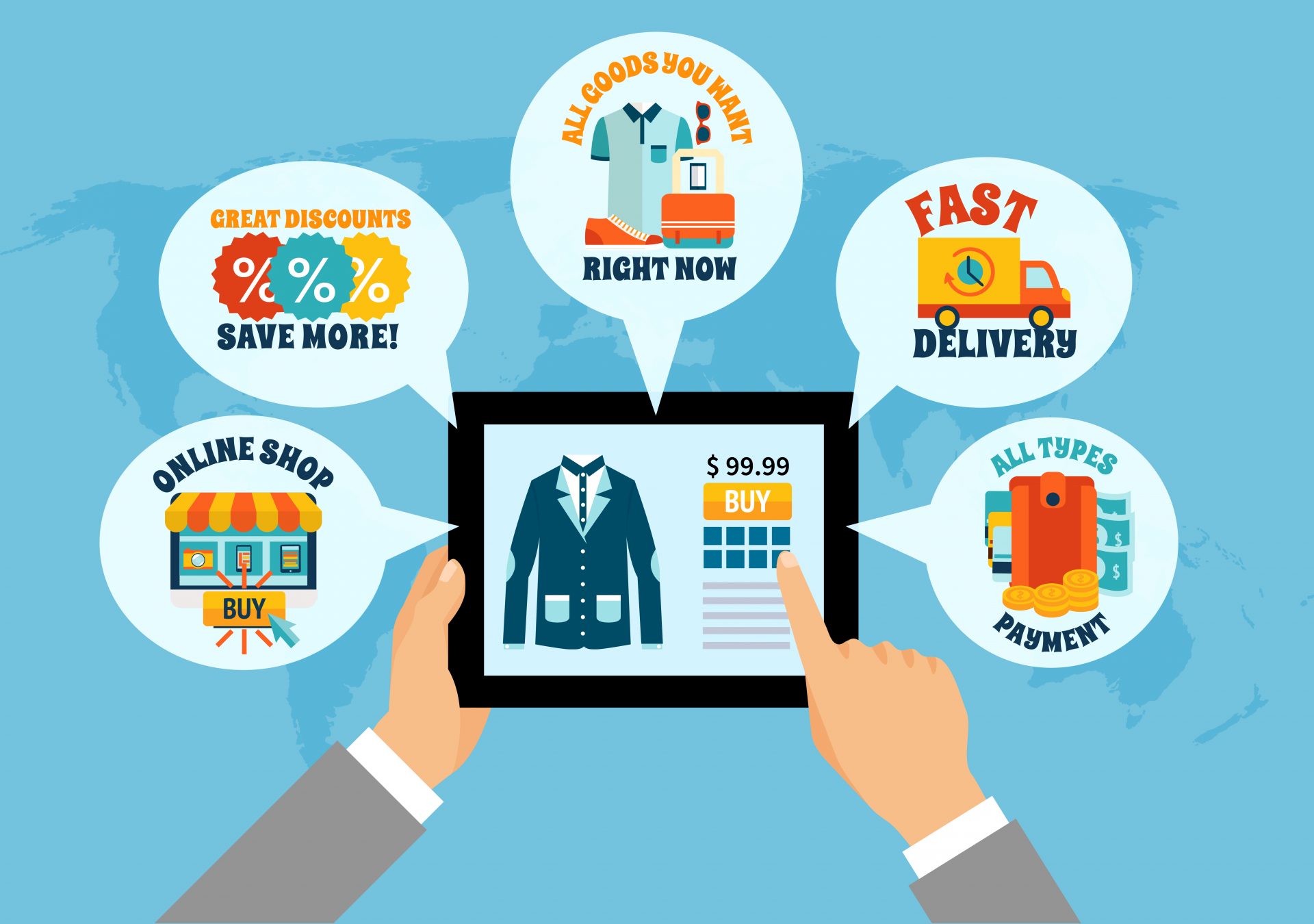
Essential Cash Flow Management Tips for Amazon FBA Sellers
Did you know that an astounding 82% of businesses close due to cash flow issues? Cash flow is often overlooked
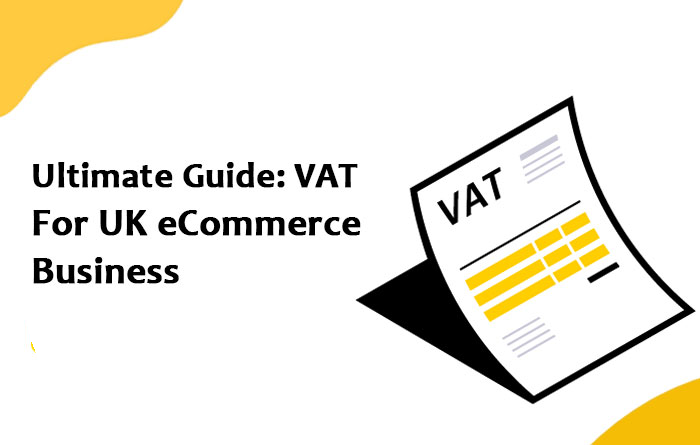
 Keep in mind that you don’t want to leave this to the last moment. It takes some time for HMRC to process VAT returns so the sooner you can get this out of the way the quicker you can receive your refund (if you’re owed it!)
Keep in mind that you don’t want to leave this to the last moment. It takes some time for HMRC to process VAT returns so the sooner you can get this out of the way the quicker you can receive your refund (if you’re owed it!)
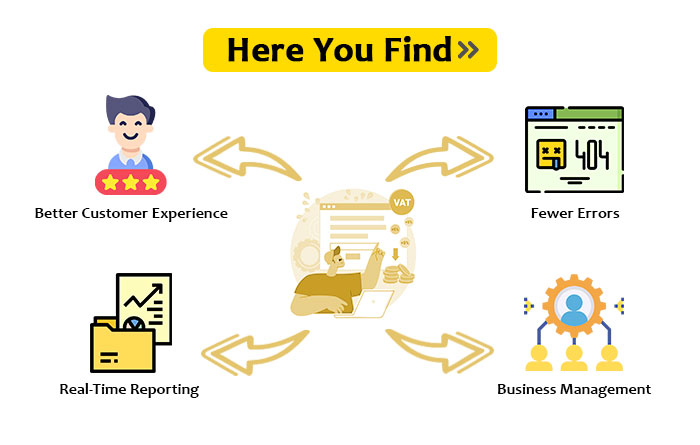
Related Posts

Did you know that an astounding 82% of businesses close due to cash flow issues? Cash flow is often overlooked
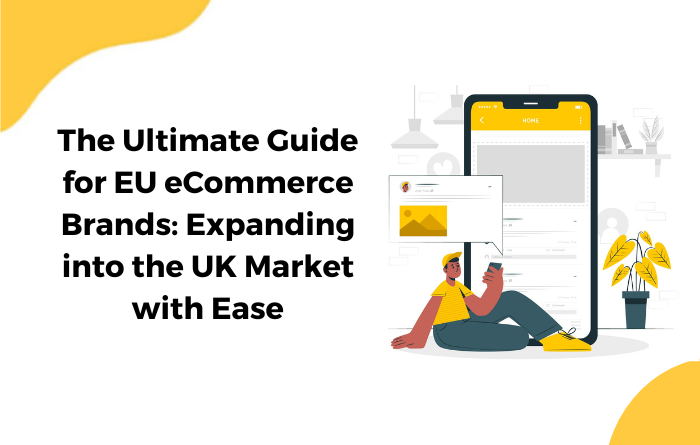
Discover the Key Tax, Logistic, and Operational Factors to Consider when Selling in the UK Introduction: Greetings, fellow eCommerce enthusiasts!
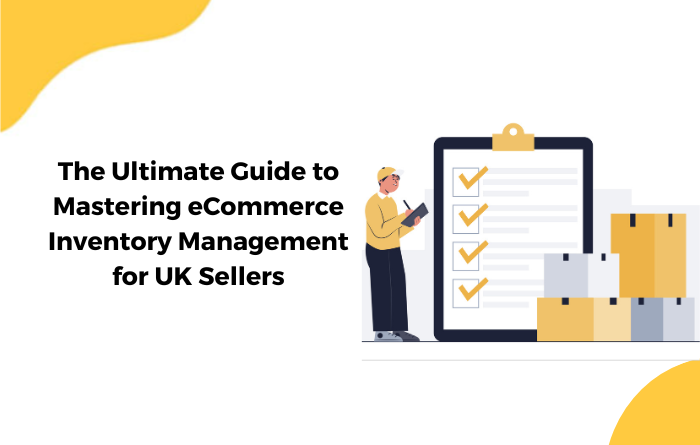
Grasping eCommerce inventory management basics 🎢 Managing inventory effectively is the backbone of any thriving eCommerce business. But it’s not
©2023. All Rights Reserved by Guide Hustle